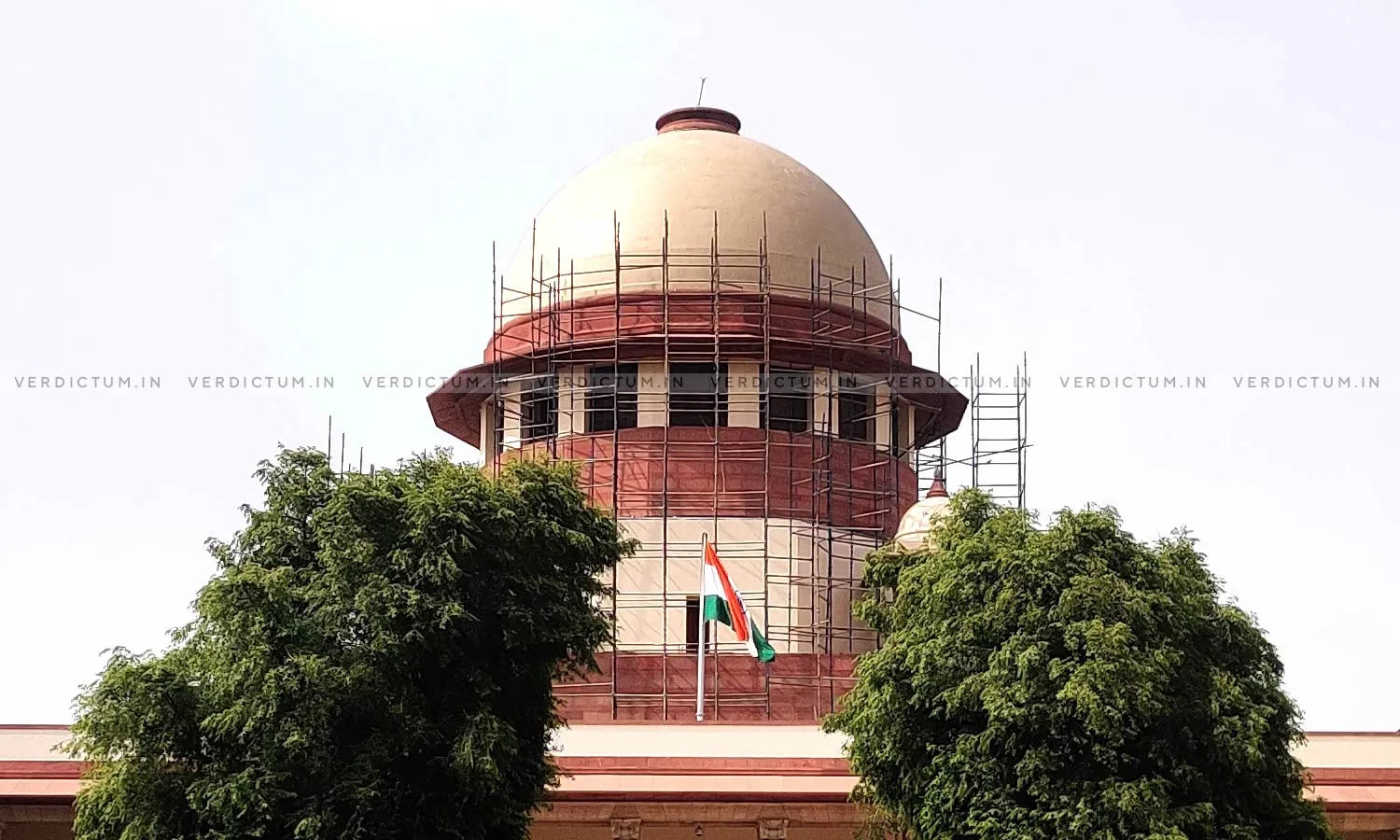In Quintessential Case Of Solving A Blind Murder, Strict Scrutiny Of Evidence Is Warranted Before Convicting Accused: SC

While hearing an appeal against the conviction order based mainly on the last seen together theory, the Supreme Court held that in cases of conviction related to blind murders where there are its and bits of evidence, the conviction should be based only after strict scrutiny of evidence.
While noting that the High Court and Trial Court failed to properly evaluate the evidence, a Two Judge Bench of Justice Hrishikesh Roy and Justice Manoj Misra observed that “the case in hand is a quintessential case where to solve out a blind murder, occurring in a forest in the darkness of night, bits and pieces of evidence were collected which warranted a strict scrutiny before basing a conviction thereupon. On putting the prosecution evidence to strict scrutiny and testing the same on the anvil of settled legal principles as discussed above, we find the evidence not confidence inspiring as to uphold the conviction of the accused appellants”.
Advocate Ashok Mathur appeared for the Appellant, whereas, Advocate Jatinder Kumar Bhatia appeared for the Respondent.
Going by the background of the case, the two accused, Shabbir and Ravi were convicted for the murder of deceased Chotu. Relying on the testimony of prosecution witnesses, the Trial Court concluded that the deceased was last seen together alive with the accused, and thus convicted the two accused. The High Court also upheld the conviction order upon the findings that prosecution evidence are properly corroborated.
Upon perusal of the submissions and statements made under Section 313 of CrPC, the Apex Court observed that some part of the story is completely absent in the FIR even though it was lodged by the father of the deceased who, as per his deposition, was having information about it.
Thus, the Bench said that this would give rise to suspicion as to whether the later improvements in the story were to create link evidence with the help of newly introduced witnesses.
Since the Trial Court had mainly relied on the testimony of the second prosecution witness, the Bench noted discrepancies to the extent that the same person had changed his testimony several times; there was a delay in recording his testimony, and there is no reasonable explanation to explain such delay.
Thus, placing reliance on the decision of Kali Ram v. State of Himachal Pradesh, [(1973) 2 SCC 808], the Bench held that no reliance could be placed on the testimony of the witness if the same is not worthy of any credit.
While elaborating on ‘chance witness’, the Apex Court raised a question as to when the name of a witness was not mentioned in the FIR, then why did the Inquiry Officer go to his home to record his statement under Section 161 on the date of the incident itself.
The Bench, therefore, held that the testimony of the witness does not inspire confidence to sustain the conviction, as the same was accepted by the Trial Court and High Court as gospel truth, thereby resulting in grave miscarriage of justice.
Hence, stating that the prosecution has failed to prove beyond reasonable doubt that the deceased was last seen alive in the company of the accused near the spot at the relevant time, the Bench acquitted the two Appellants of all charges and ordered their release.
Cause Title: Ravi Mandal and Anr. v. State of Uttarakhand
Click here to read/download Judgment

